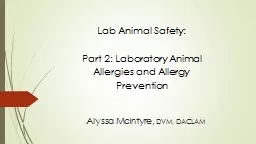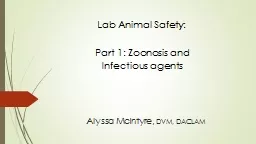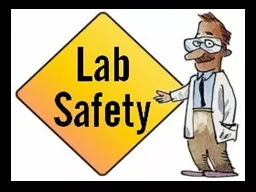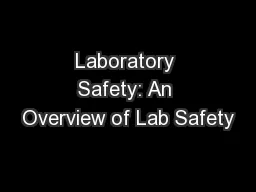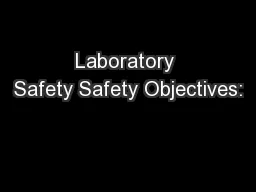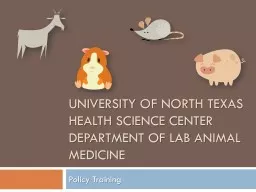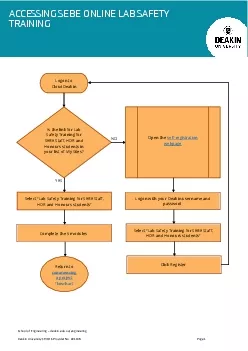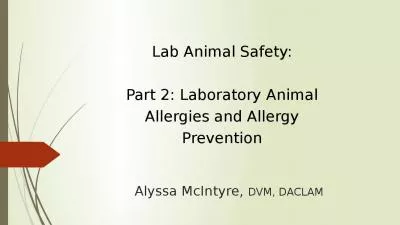PPT-Lab Animal Safety:
Author : phoebe-click | Published Date : 2015-11-27
Part 2 Laboratory Animal Allergies and Allergy Prevention Alyssa McIntyre DVM DACLAM Laboratory Animal Allergies Objectives Are you likely to become allergic
Presentation Embed Code
Download Presentation
Download Presentation The PPT/PDF document "Lab Animal Safety:" is the property of its rightful owner. Permission is granted to download and print the materials on this website for personal, non-commercial use only, and to display it on your personal computer provided you do not modify the materials and that you retain all copyright notices contained in the materials. By downloading content from our website, you accept the terms of this agreement.
Lab Animal Safety:: Transcript
Download Rules Of Document
"Lab Animal Safety:"The content belongs to its owner. You may download and print it for personal use, without modification, and keep all copyright notices. By downloading, you agree to these terms.
Related Documents

